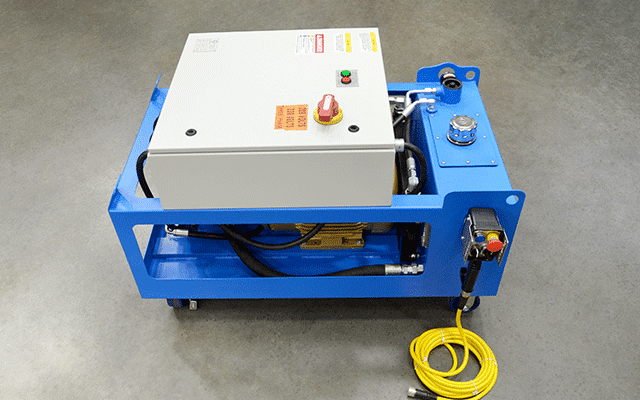The future of fleet in the age of energy transition
It is estimated there will be eighteen million battery and plug-in hybrid electric powered motor vehicles on the UK’s roadways by 2030 – the exact 12 months a ban on the sale of new inside combustion motor vehicles comes into position.

CGI answers director Graham Chedzoy and consulting director Joe Dipple concur EVs pose a obstacle to established norms of the fleet business, but strain operators also have the capacity to adapt. Change can be agonizing, but as the fleet business design evolves it will also convey options.
Talking on CGI’s Future of Fleet podcast, Chedzoy and Dipple talk about how suppliers will be ready to leverage their interactions with consumers as they changeover to EVs, and are ideally positioned to continue to keep giving present services, along with new services, though addressing the fleets’ broader desires as they change.
Change is now underway
“It is a lot less complicated to make an EV charge position than to make a petrol forecourt,” Chedzoy states. “There are numerous charge factors, means to pay out, networks, protocols and manufacturers, meaning there is still a crucial position for an aggregator to convey it all alongside one another and make it straightforward to obtain. Who superior to do that than the suppliers who have been executing it for many years now, albeit in a somewhat various way.”
The inevitability of the changeover can be seen in the fleet industry’s expanding investment decision in electric powered motor vehicles. In the previous two a long time, a lot more than £8bn has absent into EVs in the Uk, with a even further £12bn established to be spent in the next two a long time.
“We’re now setting up to see some of the a lot more adaptable suppliers transferring from focusing on gasoline and mobility services to offering a considerably broader vary of enterprise services. The foreseeable future of fleet is happening now.”
Pay attention to the discussion on CGI’s Future of Fleet podcast under.







